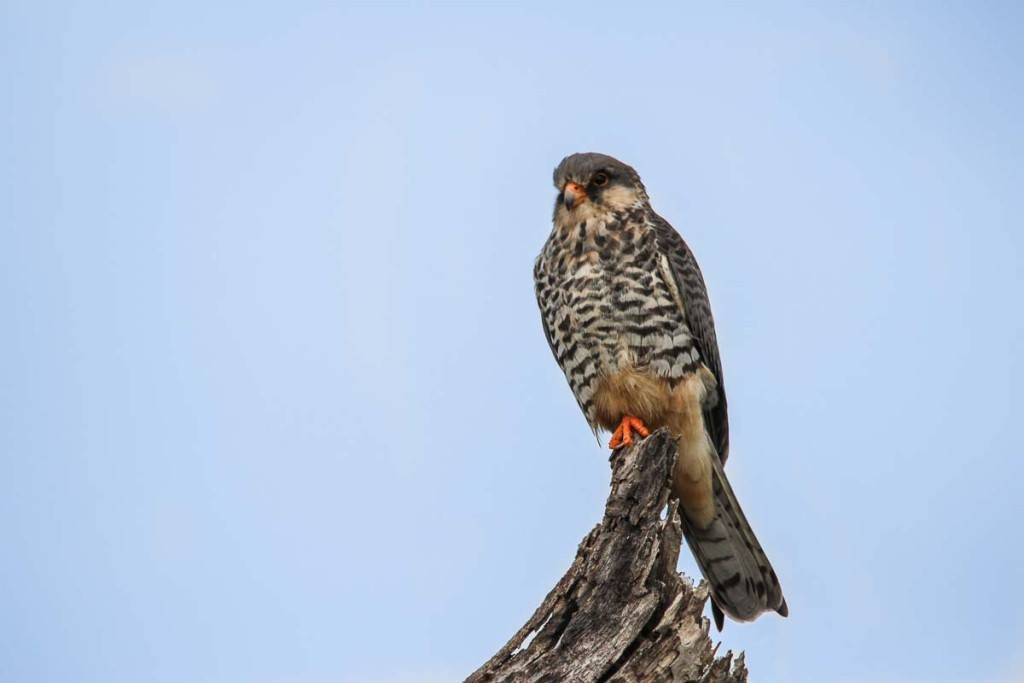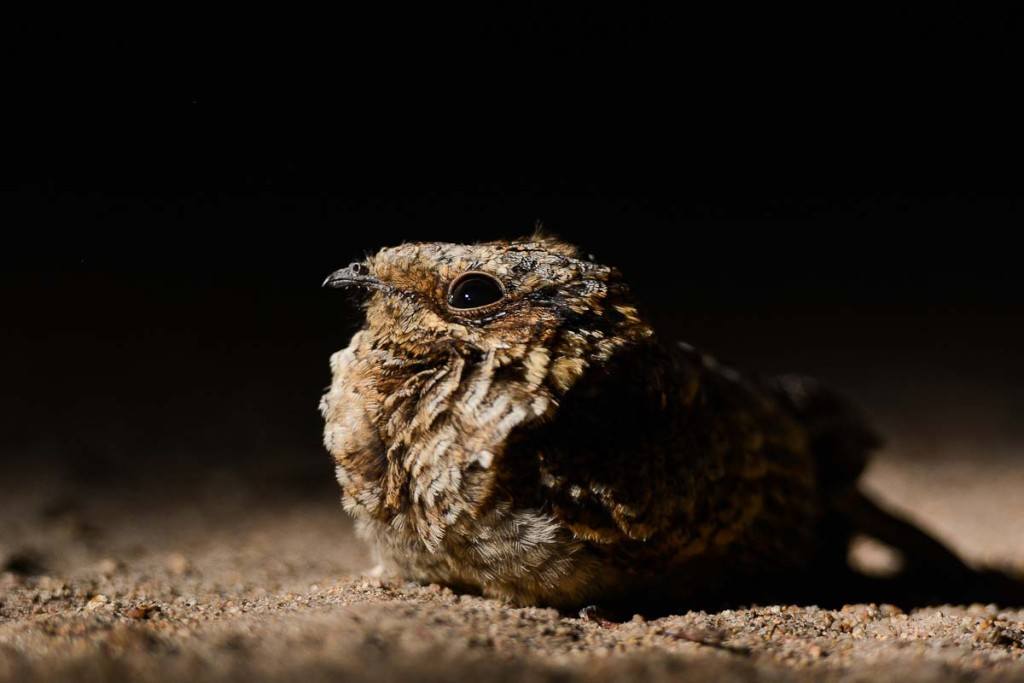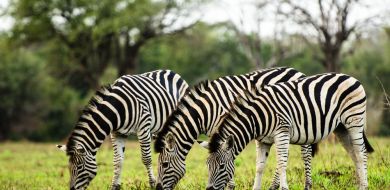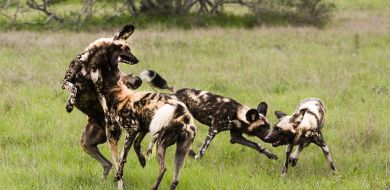Birding at Sabi Sabi
on Nov 10, 2022Sabi Sabi is a bird lover’s delight – home to almost 350 species including rare specimens such as the Narina Trogon, Bat Hawk and Diedrick’s Cuckoo as well as the so-called ‘Big 6’ of Martial Eagle, Lappet-faced Vulture, Pel’s Fishing Owl, Saddle-billed Stork, Southern Ground Hornbill and Kori Bustard. The reserve’s varying habitats such as open grass plains, dry woodland savanna and thick riverine bush offer exciting bird watching for novice and expert alike. During summer birders are spoilt for choice as the bush is alive with the calls of so many different birds, while in winter the drier bush and sparse vegetation makes for spectacular sightings.
Birds have successfully occupied most parts of the world yet many people remain largely unaware of their diversity and overall importance to the balance of nature. As part of Sabi Sabi’s holistic safari experience our guides will incorporate not only the big game species but also our wonderful birdlife. To whet your appetite we provide you with some information on three of our most fascinating birds.
THE RED-CHESTED CUCKOO (CUCULUS SOLITARIUS)
This aptly named and very vocal bird is a brood parasite. The term refers to the fact that it does not take care of its own young but rather relies on ‘foster parents’ to raise its offspring. In order to ‘trick’ other bird species into raising its young it demonstrates an amazing set of adaptations that ensure the success of its ruse.
Once the female Red-chested Cuckoo has successfully located a suitable host and nest site she will listen carefully for the calling of males in close proximity; their frenzied calling making them easy to locate. She will then choose the one she deems most suitable, mate with him and return to the previously identified nest site. Once there she conceals herself in the surrounding vegetation. As soon as the ‘foster parents’ move away from the nest, perhaps to feed or drink, she quickly deposits a closely colour-matched egg into their nest. The host parents then return to their nest and, unbeknown to them, incubate one extra egg in their clutch! It doesn’t end there however. The cuckoo chick now emerges before those of the host bird even though it was laid at a later date. Having had this head-start in life the cuckoo nearly always out-competes the smaller and weaker host chicks. Whilst clearly a master of deception what makes the story even more remarkable is that it parasitizes some 15 bird species – being able to closely mimic the colouration of each host’s eggs.
AMUR FALCON (FALCO AMURENSIS)
This too is an incredible bird – a true long distance champion, covering nearly 20 000km on its annual migration. In general the primary reason that birds migrate is to ensure that they are always exposed to a summer climate with an abundance of food. Most birds have a very limited fat reserve and cannot survive longer than two days without food.

The Amur Falcon is a non-breeding summer migrant which means that it visits us during the summer but does not breed here. A small raptor (male 135g, female 150g), it occurs in large flocks of hundreds of individuals. They feed mostly on insects, their favourite being winged alates from the various species of termites, but are also known to take small frogs and other birds.
In terms of their migration these birds fly from south eastern Siberia and northern China towards India and then onwards to Africa. It is believed that their migration coincides with the migration of the wandering glider dragonfly (Pantala flavescens) that embarks on an annual journey from India to Africa across the Arabian Sea. This synchronicity of migrations allows the birds to either ‘refuel’ on the wing or enjoy a short feeding stop in India prior to undertaking the last leg of the journey.
FIERY-NECKED NIGHTJAR (CAPRIMULGUS PECTORALIS)
The Fiery-necked Nightjar possesses the most beautiful and haunting call of all the nocturnal bird species found at Sabi Sabi. All nightjars have huge eyes, specially adapted for nocturnal vision and enabling them to catch insects on the wing. At full moon, afforded the extra light this provides, they will often follow large animals such as buffalo, elephant or rhinoceros to take advantage of the insects that these animals disturb as they pass through the grass. If you are fortunate enough to be on safari during a full moon period ask your ranger to switch off the vehicle and then marvel at this bird’s aerial dexterity.

OTHER BIRDING
There are hundreds of resident species at Sabi Sabi encompassing all types of birds – from seed eaters to insect eaters to those large enough to catch large snakes, small mammals and even baby antelope! Daily sights include the various glossy starling species, sunbirds, bulbuls, waxbills, canaries, various hornbill species, thick-knees, lapwings, and plovers to name just a few. One guests saw four different sunbird species in an hour without leaving the comfort of his lodge!
The typical summer migrants include the following families: cuckoos, kingfishers, some of the large raptors, bee-eaters, swallows, swifts and flycatchers.
BIRDING TIPS WHEN VISITING SABI SABI
Ensure that you have informed your ranger about your interest in birds, make use of binoculars, remember that habitat is crucial as birds are shaped by this, be prepared to get up extra early so as to enjoy the dawn chorus, bring along the birding check list provided and a cup of coffee. Then sit back, relax and enjoy the bird song!
















